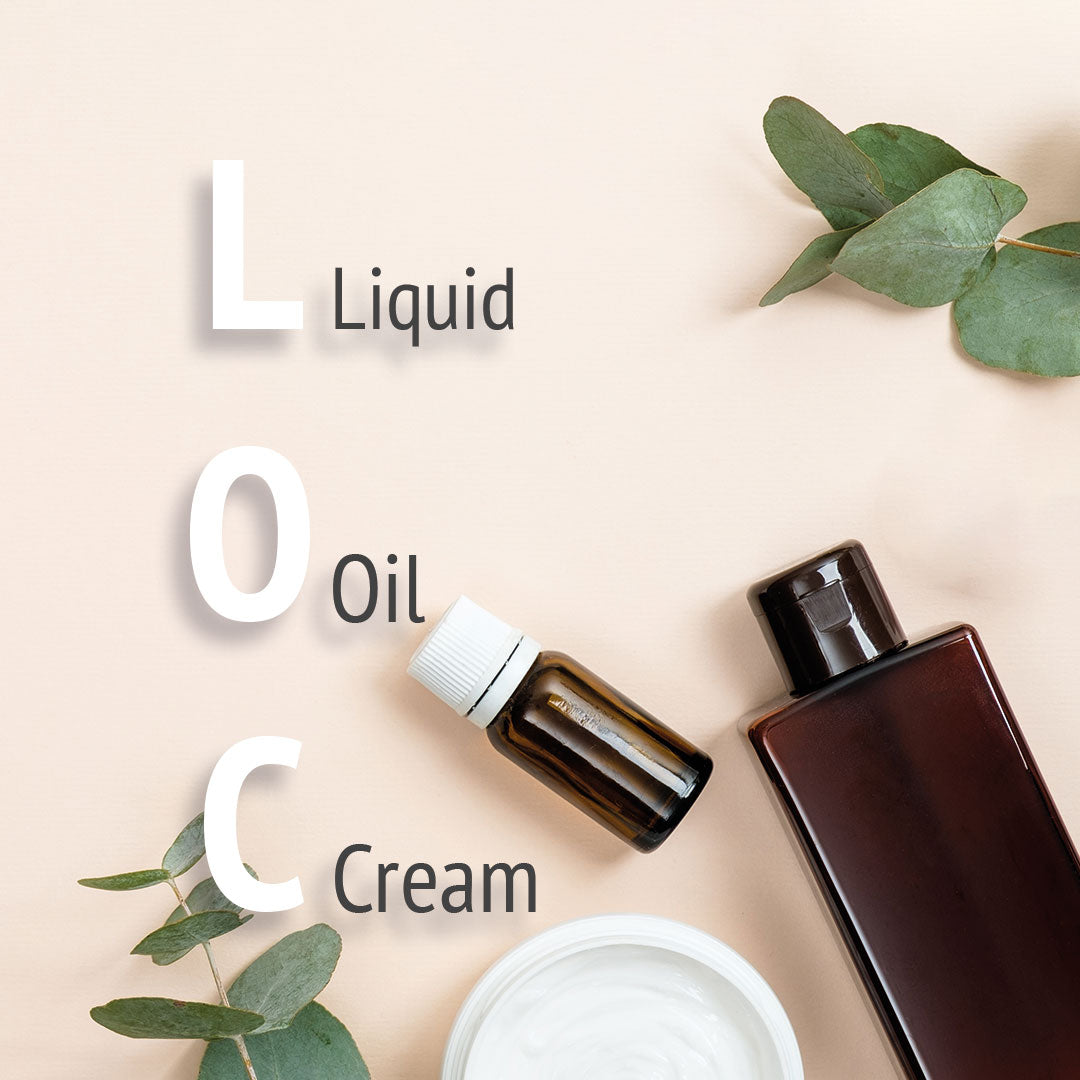Why it's important to know the porosity of your curls

Every curl type is unique, and it's crucial to understand your own hair porosity to get the most out of your curl routine. In other words, knowing your curl porosity is the first step to giving your curls the right care so you always go through the day with healthy, shiny curls.
What is hair porosity?
Simply put, porosity refers to the ability of your curls to absorb water and more importantly, retain moisture. There are three methods to find out what porosity your curl type is.
(FYI: the choices are: low, medium and high).
- The strand test
Take a piece of hair between your fingers at different points on your head and run your fingers along the hair from the tip towards the roots. If your fingers just come along the hair and it feels firm and hard then you have deep porosity. If your hair feels smooth and you can easily glide upwards then you have normal porosity. But if your hair feels rough or dry and it breaks easily then you have high porosity.
- The test with the unusual hair
Another way to check your curls for porosity is to take a piece of hair that has fallen out during combing and place it in a glass of water. If the hair floats to the top, you have deep porosity. If your hair sinks slowly to the bottom, your hair is "normally" porous. But if it falls to the bottom quickly, you have high porosity.
- The water spray test
To find your own curl porosity, you can also spray a little water on a section of your curls and observe how the hair reacts. If your hair absorbs the water quickly, this is a sign of high porosity. However, if it simply stays on the hair, this is an indicator of low porosity.
While these three tests are a good starting point to determine its porosity, there are also other signs you should look out for:
The properties of curls with deep porosity:

- The curls take a long time to dry.
- The care products tend to "build up" instead of being absorbed.
- Natural oils do not penetrate the hair immediately, but remain "on the curls"
- The curls take a relatively long time to soak up when you get them wet.
The properties of curls with normal porosity:

- The curls are elastic and bounce.
- The curls need relatively little "maintenance".
- The curls simply absorb and retain moisture.
- The curls hold styles easily and can be colored well.
The properties of curls with high porosity:

- The curls absorb water quickly, but they need more product
- The curls often feel and look dry
- The curls are often frizzy
- The curls dry quickly
Now that we know how to determine your curl type, let's take a look at what each curl type needs.
The right curl care for the different porosity levels
The right curl care for deep porosity
Curls with low porosity have very compact cuticles (hair scales), which makes it difficult to get moisture into the hair. But, there is also good news: once the curls are hydrated, they retain moisture very well. You can follow these tips to open up the hair cuticles:
- Heat is your friend. Use Reconstructing Deep Treatments under a hair dryer, or a bath cap wrapped in a towel to increase the heat under the plastic cap. The heat will open the hair cuticles and allow the products to penetrate better.
- Distribute your products evenly all over the curls and don't use too much.
- Apply the products to damp and (dripping) wet hair.
- Use sulphate-free shampoo and products with apple cider vinegar, or make your own apple cider vinegar rinses to cleanse your curls of product residue. (due to the hair structure, residues form quickly)
At lockenkopf you will find all products that are specially designed for curls with deep porosity.
The right curl care for normal porosity
Curls with normal porosity have compact cuticles (hair scales) that let moisture in easily.
- Regular deep conditioning treatments help to ensure that the curls are always well "nourished".
The right curl care for high porosity
Parched, thirsty curls need products to help them absorb as much moisture as possible. Follow these tips to increase the hydration of your curls:
- Do not use heat. It is best to let the curls air dry.
- Use deep-conditioning treatments (Curl Masque) regularly and finish your curl routine with leave-in and/or styling products that moisturize
- At the end of the wash routine, rinse with cold water, the colder the better. (Cold water closes the hair cuticles and helps the curls to retain moisture better.
- Gently detangle with your fingers or a coarse-toothed comb to prevent hair breakage and hair loss.
- Lastly, use products that help your curls retain moisture.
At lockenkopf you will find all products that are specially designed for curls with high porosity.
Texture, elasticity, density and porosity are all indicators of your curl personality and now that you know what type you are, try to care for your curl accordingly to help your crown achieve its natural shine.
"If you have any questions about the product selection, please send me an email or a WhatsApp message and I will be happy to help you choose the right products. To give you the best advice, I would be grateful if you could send me a photo of your curls with your questions".
So that's it from me again, see you soon my dear curly heads.
Very cordially
Rosa Maria






